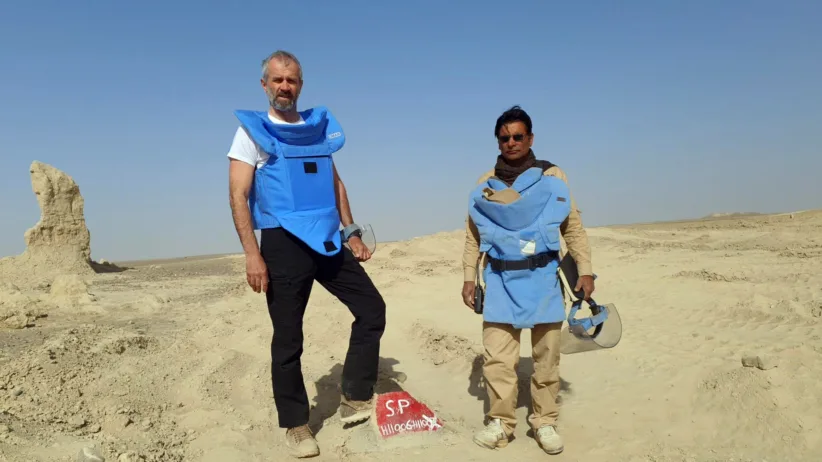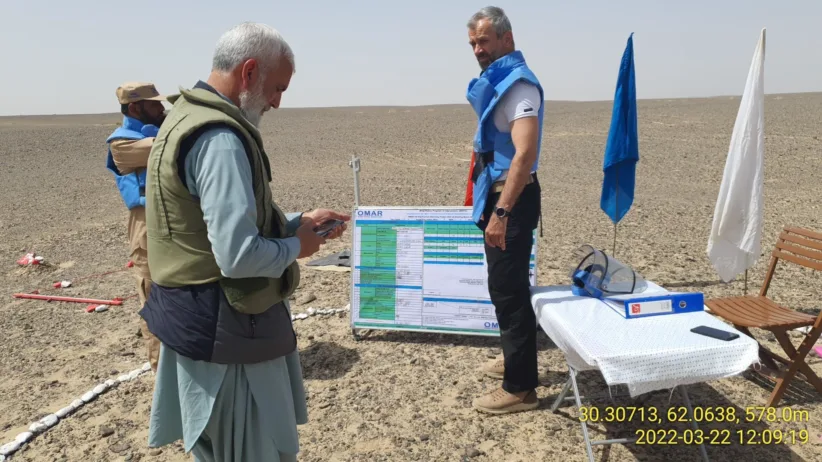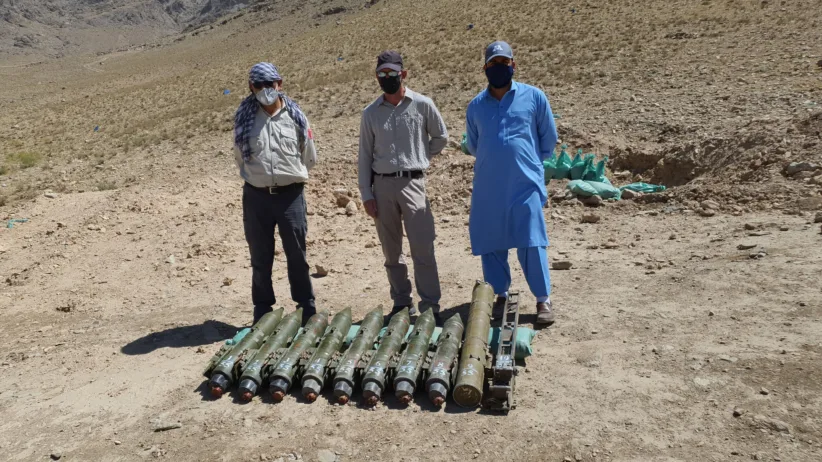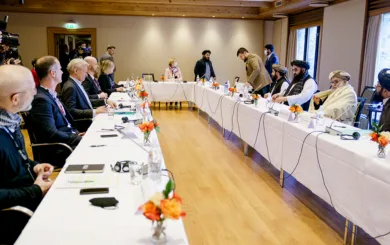Afghanistan’s anti-personnel (AP) mine contamination resulted from the decade-long war of resistance that followed the Soviet invasion of 1979, the 1992–96 internal armed conflict, and the 1996−2001 fighting between the Taliban and the Northern Alliance. Afghanistan estimated that the area affected by mines, including improvised mines, covered 190 km2 at the end of 2022.
The end of widespread active hostilities after the change of government in August 2021 has allowed surveys in large swathes of the country that were previously inaccessible due to insecurity. For the first time, this has generated the opportunity to assess the extent of contamination by improvised mines widely used by Taliban forces in conflict areas. According to the “Clearing the Mines 2023” report, Afghanistan is among the three most landmine-contaminated countries in the world.
Afghanistan has massive contamination by explosive remnants of war, including around 10 km2 of cluster munition-contaminated area and a wide range of other unexploded ordnance (UXO). This includes former firing ranges covering 681 km2 to be cleared of UXO.
Afghanistan is a State Party to the Anti-personnel Mine Ban Convention and is currently obliged to clear all its known minefield contamination until 1 March 2025. This is the second extended deadline based on an interim two-year extension that was granted in 2022. Due to the massive scale of contamination, of which no up-to-date baseline estimate has yet been established, the country will not be able to meet the current deadline.
As a State Party to the Convention on Cluster Munitions, Afghanistan is required to destroy all cluster munition remnants in areas under its jurisdiction or control until 1 March 2026. It is currently unclear whether Afghanistan will meet the deadline, mainly due to the lack of international donor support.
Norwegian People's Aid in Afghanistan
Norwegian People’s Aid (NPA) has been involved in Afghanistan with a “Third Party Monitoring Programme” on behalf of The Office of Weapons Removal and Abatement in the U.S. State Department's Bureau of Political-Military Affairs (PM/WRA) since November 2017. This monitoring programme is based in Kabul and consists of six international and 12 national staff.
NPA’s 11 operational staff currently monitor 12 grants divided between seven national and international NGOs conducting clearance, non-technical surveys and victim assistant projects. There have been 1,313 active tasks sites since NPA received operational accreditation in November 2017.
Fast facts
As of January 2024:
- National Technical Advisors (NTAs) conducted 3,439 field assessment visits, including monitoring visits of clearance, Non-Technical Survey (NTS), Technical Survey (TS), Weapons and Ammunition Destruction (WAD), Conventional Weapons Destruction (CWD), Physical Safety and Stockpile Management (PSSM), Victim Assistance (VA) and the Vocational Training and Accessibility Projects.
- NTAs conducted field assessments on 1,112 out of 1,195 clearance tasks (93%).
- Senior Technical Advisors have conducted field assessments on 452 out of 1,195 tasks (38%).
- NPA additionally conducted Post Demining Impact Assessment (PDIA) visits to 674 tasks.






